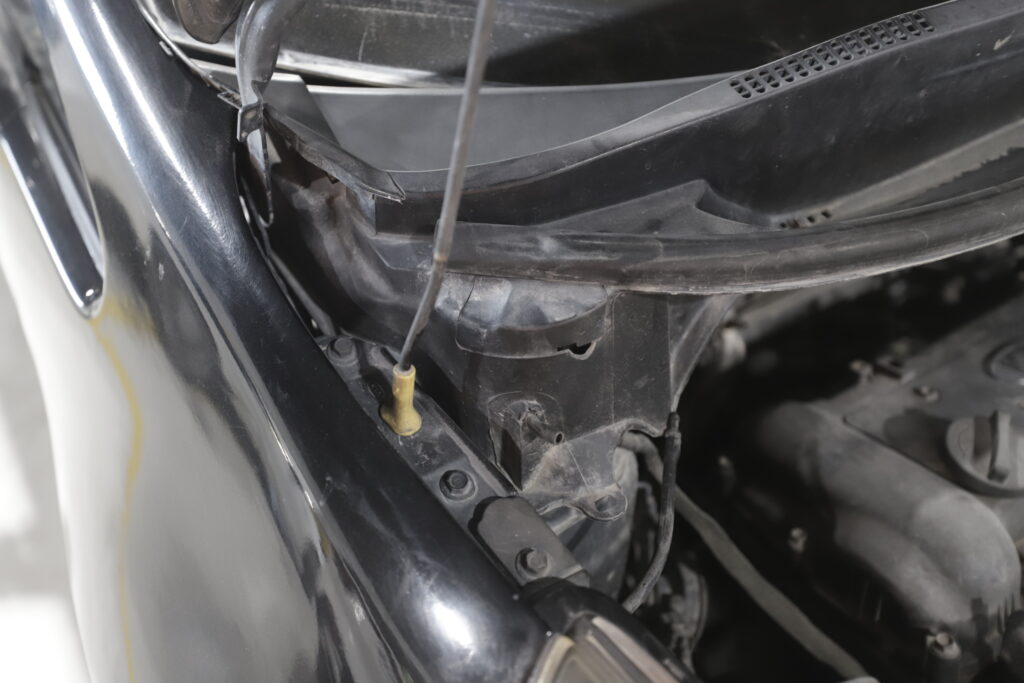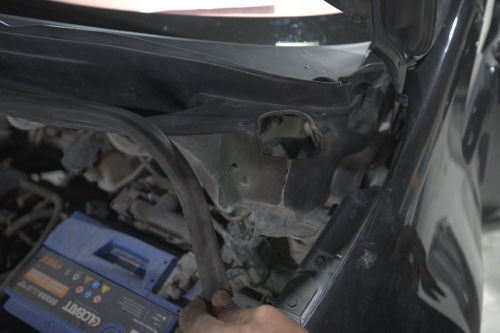
how to know if oil is low in car: Indicators and Solutions for Your Vehicle
Maintaining proper oil levels in your car is crucial for optimal engine performance and longevity. In this comprehensive guide, we’ll delve into the signs and symptoms of low engine oil, the importance of regular oil checks, and step-by-step instructions for how to know if oil is low in car. Whether you’re a seasoned car enthusiast or a novice driver, understanding the indicators of low oil can help you prevent costly engine damage and keep your vehicle running smoothly for years to come.
How to Know If Your Car’s Oil is Low
Importance of Engine Oil
- Explain the vital role of engine oil in lubricating moving parts, reducing friction, cooling the engine, and preventing corrosion.
- Emphasize the significance of maintaining proper oil levels for engine health and performance.
Signs of Low Engine Oil
- Oil Pressure Warning Light: Most modern vehicles are equipped with an oil pressure warning light on the dashboard. If this light illuminates while you’re driving, it indicates low oil pressure. Pull over safely and check the oil level immediately.
- Engine Noise: Low oil levels can lead to increased friction between engine components. This can result in unusual engine noises such as knocking, tapping, or rumbling. If you notice any unfamiliar sounds coming from your engine, it’s essential to check the oil level.
- Oil Leaks: If you observe oil spots or puddles under your vehicle after it has been parked, it could indicate an oil leak. Low engine oil levels can result from leaks in the oil pan, gasket, or other engine components. Addressing oil leaks promptly is crucial to prevent further loss of oil and potential engine damage.
- Exhaust Smoke: Excessive exhaust smoke, particularly blue or gray smoke, can be a sign of low engine oil. When oil levels are low, oil may be burned along with fuel, resulting in smoke emissions from the exhaust. If you notice unusual smoke coming from your vehicle’s exhaust, have it inspected by a mechanic.
Step-by-Step Oil Check Procedure
- Park on a Level Surface
Park your vehicle on a level surface and turn off the engine. This ensures that the oil is evenly distributed in the engine and provides an accurate reading when you check the oil level.
Step 2: Wait for the Engine to Cool
Allow the engine to cool down for a few minutes before checking the oil level. This prevents any hot oil from splashing out when you open the hood.
Step 3: Locate the Dipstick
Open the hood of your vehicle and locate the engine oil dipstick. The dipstick usually has a brightly colored handle for easy identification. It’s typically located near the front of the engine and may have an oil can or “oil” symbol on it.
Step 4: Remove the Dipstick
Grasp the dipstick handle and pull it out of the dipstick tube. Wipe the dipstick clean with a lint-free cloth or paper towel to remove any oil residue. This ensures that you get an accurate reading of the oil level.
Step 5: Reinsert the Dipstick
After wiping the dipstick clean, reinsert it back into the dipstick tube fully until it’s seated securely.
Tips for Maintaining Proper Oil Levels
- Regularly Check Oil Levels: Make it a habit to check your vehicle’s oil level regularly, especially before long trips or after prolonged use. Most vehicles have a dipstick for checking oil levels. Refer to your vehicle’s owner’s manual for instructions on how to properly check the oil level.
- Follow Maintenance Schedule: Adhere to the manufacturer’s recommended oil change intervals. These intervals vary depending on the vehicle make, model, and year, as well as driving conditions. Regular oil changes ensure that your engine is properly lubricated and protected.
- Use the Right Oil: Use the type and viscosity of oil recommended by the vehicle manufacturer. Using the wrong type of oil can lead to poor engine performance or even damage.
- Monitor for Leaks: Keep an eye out for any signs of oil leaks under your vehicle, such as oil spots or puddles. Addressing leaks promptly can prevent loss of oil and potential engine damage.
- Top Up Oil as Needed: If you notice that the oil level is low, top it up with the appropriate type of oil. Be careful not to overfill, as this can also cause issues.
- Inspect Oil Filter: During oil changes, make sure to inspect or replace the oil filter as recommended by the manufacturer. A clogged or dirty oil filter can impede oil flow and lead to engine damage.
- Consider Your Driving Conditions: If you frequently drive in severe conditions such as extreme temperatures, towing heavy loads, or stop-and-go traffic, you may need to change your oil more frequently.
- Monitor Oil Consumption: Keep track of how much oil your vehicle consumes between oil changes. If you notice a significant increase in oil consumption, it could indicate an underlying issue that needs to be addressed by a mechanic.
- Address Warning Signs: Pay attention to any warning lights on your dashboard, such as the oil pressure light. If this light comes on while driving, pull over safely and check the oil level immediately. Continuing to drive with low oil pressure can cause serious engine damage.
- Keep Records: Maintain a log of your vehicle’s oil changes and oil level checks. This can help you track oil consumption patterns and identify any abnormalities.
Professional Oil Maintenance Services
- Precision Engine Lubrication: Our technicians use high-quality oil products specifically designed for Infiniti vehicles. With precise engine lubrication, your Infiniti’s engine will operate efficiently and smoothly.
- Enhanced Performance: Regular oil maintenance ensures optimal engine performance, improved fuel efficiency, and reduced wear on engine components. You’ll experience a smoother and more responsive driving experience every time you hit the road.
- Engine Longevity: Proper oil maintenance is essential for prolonging the life of your Infiniti’s engine. By preventing friction and reducing heat buildup, our services help extend the lifespan of critical engine components.
- Professional Expertise: Our team consists of certified technicians with extensive experience servicing Infiniti vehicles. Whether it’s an oil change, filter replacement, or comprehensive engine inspection, you can rely on our expertise to keep your Infiniti in top condition.
- Discuss the benefits of professional oil change services offered by certified mechanics or auto service centers.
3 Essential Car Oil Types and How to Choose read more
car engine oil color chart
In general, the color of engine oil can vary depending on its age, usage, and the type of additives present. Here’s a basic guide to interpreting the color of engine oil:
New Oil (Freshly Changed):
- Typically, new engine oil appears amber or light brown in color.
- It may have a slightly translucent appearance and a clean, clear consistency.
Light Brown to Golden:
- Engine oil that is in good condition and has been recently changed may maintain a light brown or golden hue.
- This color indicates that the oil is clean and free from contaminants.
Dark Brown to Black:
- As engine oil ages and accumulates contaminants, it tends to darken in color.
- A dark brown or black coloration suggests that the oil has been in use for an extended period and may require changing.
- However, some types of oil, such as high-mileage or synthetic blends, may naturally darken more quickly.
Milky or Foamy:
- Engine oil that appears milky or foamy may indicate the presence of coolant or water contamination.
- This can be a sign of a coolant leak or a faulty gasket, and it should be addressed promptly to prevent engine damage.
Green or Blue:
- Green or blue tinted oil may indicate the presence of antifreeze or coolant.
- This suggests a potential coolant leak into the engine oil, which can lead to severe engine damage if left untreated.

9 Simple Steps to Clean Car Battery Corrosion Like a Pro
Service Offerings from infiniti for automotive services:
- Oil Changes: We offer quick and efficient oil changes using premium-quality oil products recommended by Infiniti for automotive services in qatar. Our technicians will also perform a thorough inspection of your vehicle to ensure everything is in optimal condition.
- Filter Replacement: In addition to oil changes, we’ll replace your Infiniti’s oil filter to maintain proper filtration and engine cleanliness.
- Fluid Checks: Our comprehensive service includes checking and topping up other essential fluids in your Infiniti, such as coolant, brake fluid, and power steering fluid, to keep your vehicle running smoothly.
- Diagnostic Services: If you’re experiencing any issues with your Infiniti, our technicians can perform diagnostic tests to identify the problem and recommend the necessary repairs or maintenance services.
Maintaining proper oil levels in your car is essential for preserving engine health and performance. By understanding the signs of how to know if oil is low in car, performing regular oil checks, and following recommended maintenance practices, you can ensure that your vehicle operates smoothly and reliably for years to come. Don’t overlook the importance of oil maintenance – it’s the lifeblood of your car’s engine.


